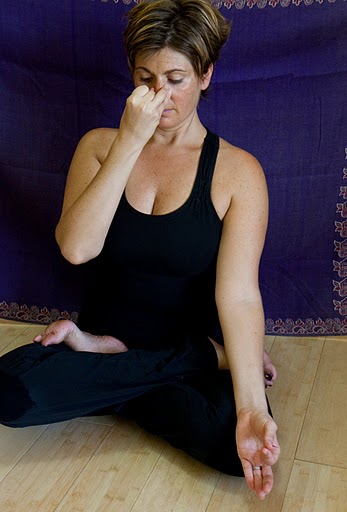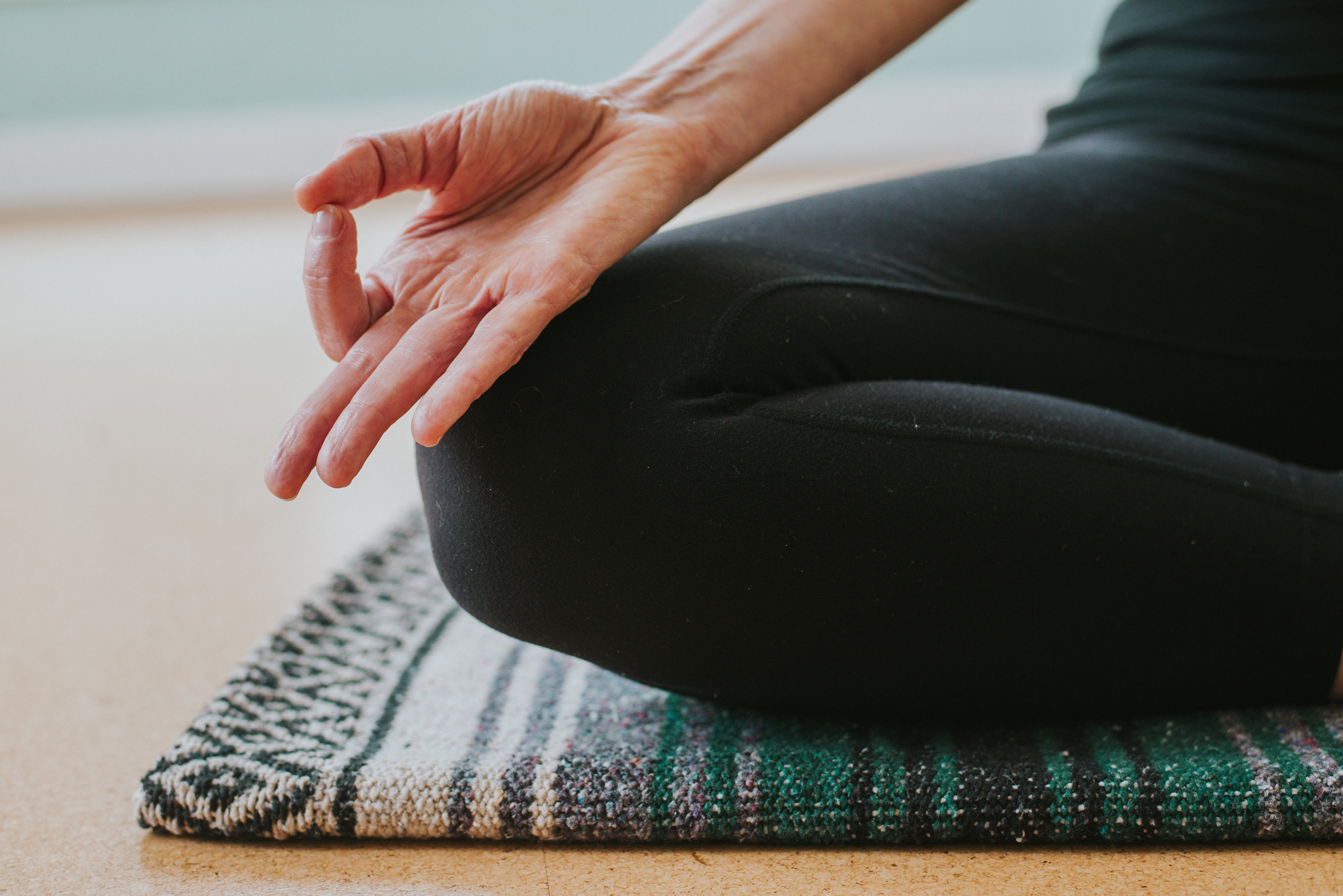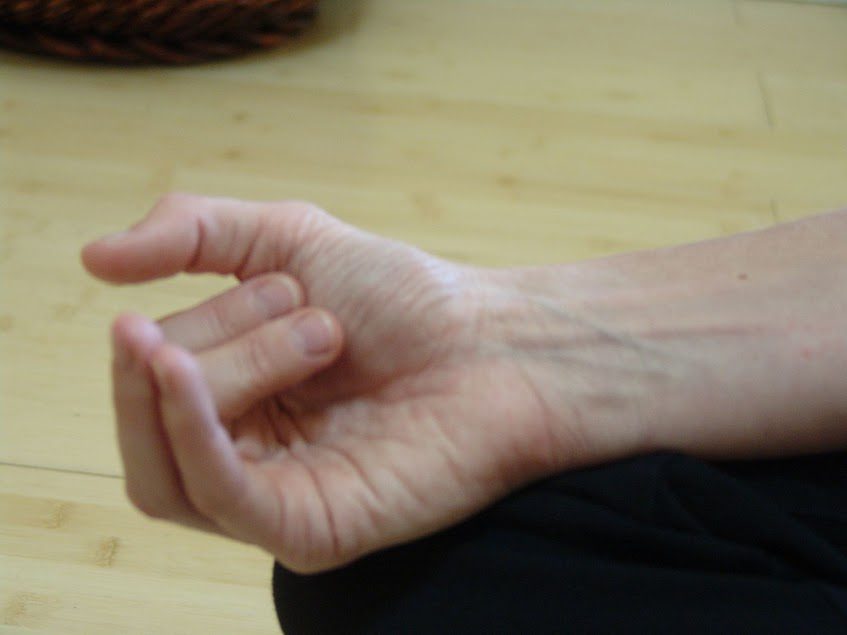
Nadi: an energetic channel for prana
Shodhana: purifying; cleansing
Prana: energy; life force
Yama: to direct or control
Nadi Shodhana Pranayama: purification of the energy channels
Yoga offers a myriad of ways to explore, deepen, lengthen, or alter the breath. These practices, traditionally known as pranayama, bring unique benefits to the body, mind, and spirit. As the fourth limb among the eight limbs of yoga described in the Yoga Sutras, pranayama serves as a bridge between the external and internal aspects of our being, preparing us for deeper states of awareness. One of the more accessible, calming, and grounding pranayama techniques is Nadi Shodhana, or alternate nostril breathing.
The Essence of Nadi Shodhana
Derived from Sanskrit (the language of yoga), “Nadi” refers to the energy channels, and “Shodhana” means cleansing or purifying. Together, this pranayama technique works to clear blockages in the nadis, allowing our prana—our vital life force—to flow freely.
With over 72,000 nadis in the body, three stand out as central to our energetic well-being: ida, pingala, and susumna.
- Ida nadi, associated with the left nostril, represents our lunar, calming energies.
- Pingala nadi, linked to the right nostril, embodies solar, activating energies.
- Susumna nadi, the central channel running along the spine, embodies a neutral energy. When our awareness is on sushumna nadi, it brings our concentration into the center of our being.
Through alternate nostril breathing, we harmonize ida and pingala, bringing balance to the body and mind. This balance opens the doorway to the stillness of susumna, allowing for a deeper meditation experience.


How to Practice
Begin in a comfortable seated posture. Here’s a step-by-step guide:
Rest your left hand on your left knee in jnana mudra (thumb and index finger touching).
- With your right hand, you have options:
- Form vishnu mudra by folding the index and middle fingers into the palm.
- Place the first two fingers lightly at the space between your eyebrows.
- Simply use your fingers in a way that feels comfortable and accessible to you.
- Use your thumb and ring finger (or whatever feels natural) to alternate closing each nostril:
- Inhale through the right nostril while the left is closed.
- Close the right nostril, exhaling through the left.
- Inhale through the left nostril, then switch, exhaling through the right.
This completes one round. Start with three rounds, gradually building to six.
After the Practice
Once finished, rest both hands on your knees, return to jnana mudra (or just let your hands rest on your legs), and sit quietly. Observe how your body and mind feel—calmer, clearer, and more centered.
A Word of Caution
If you feel dizzy or strained at any point, release the practice. Aim for a smooth and easy breath, applying only enough pressure on the nostrils to gently block airflow without distorting the septum. Beginners should avoid breath retention until guided by an experienced teacher.
Embrace the Flow
Incorporating Nadi Shodhana into the beginning of your meditation practice is a simple yet powerful way to clear your energy channels, balance your mind, and prepare for deeper meditation. With each round of breath, you’ll move from the external to the internal, inviting a sense of balance and ease.
